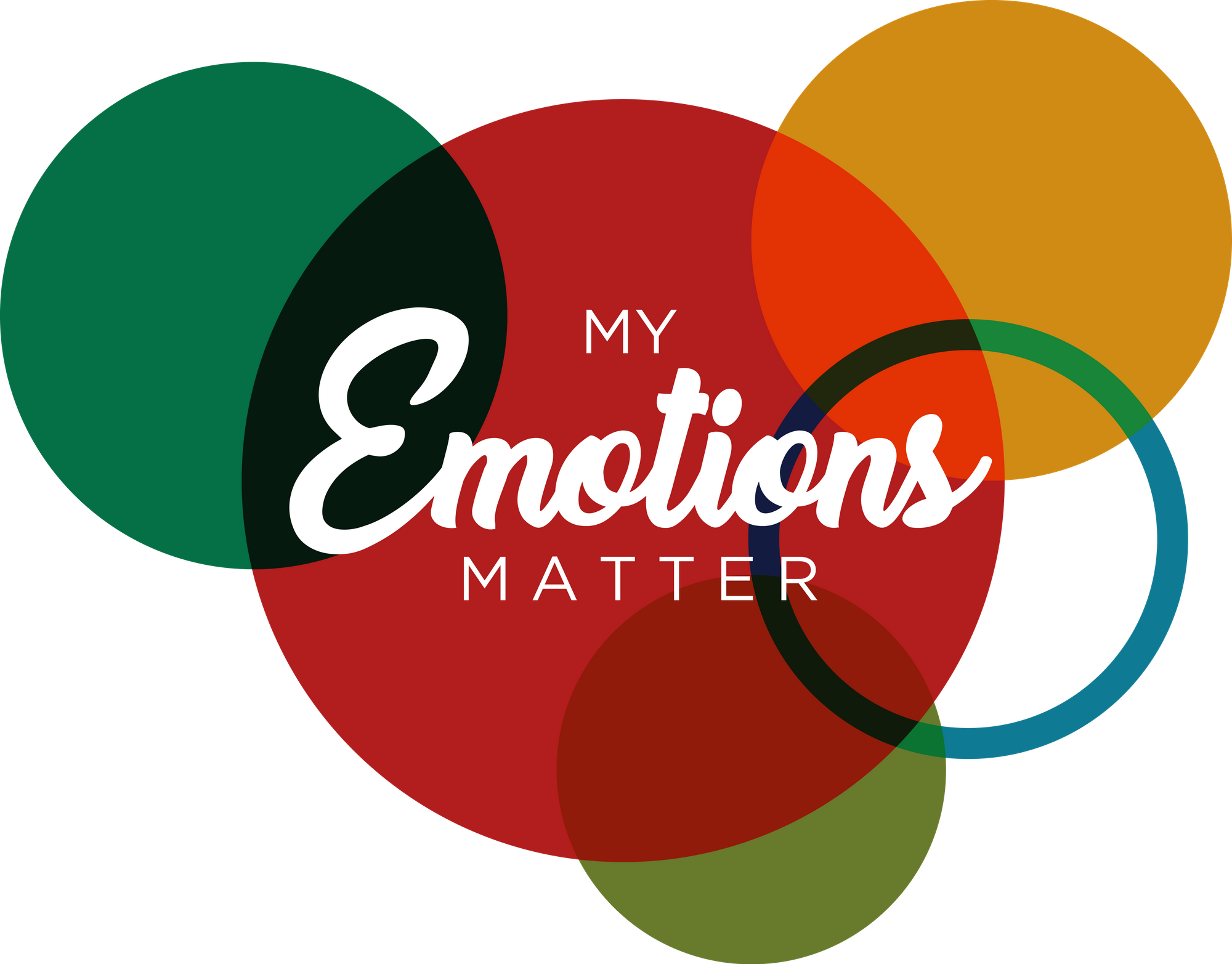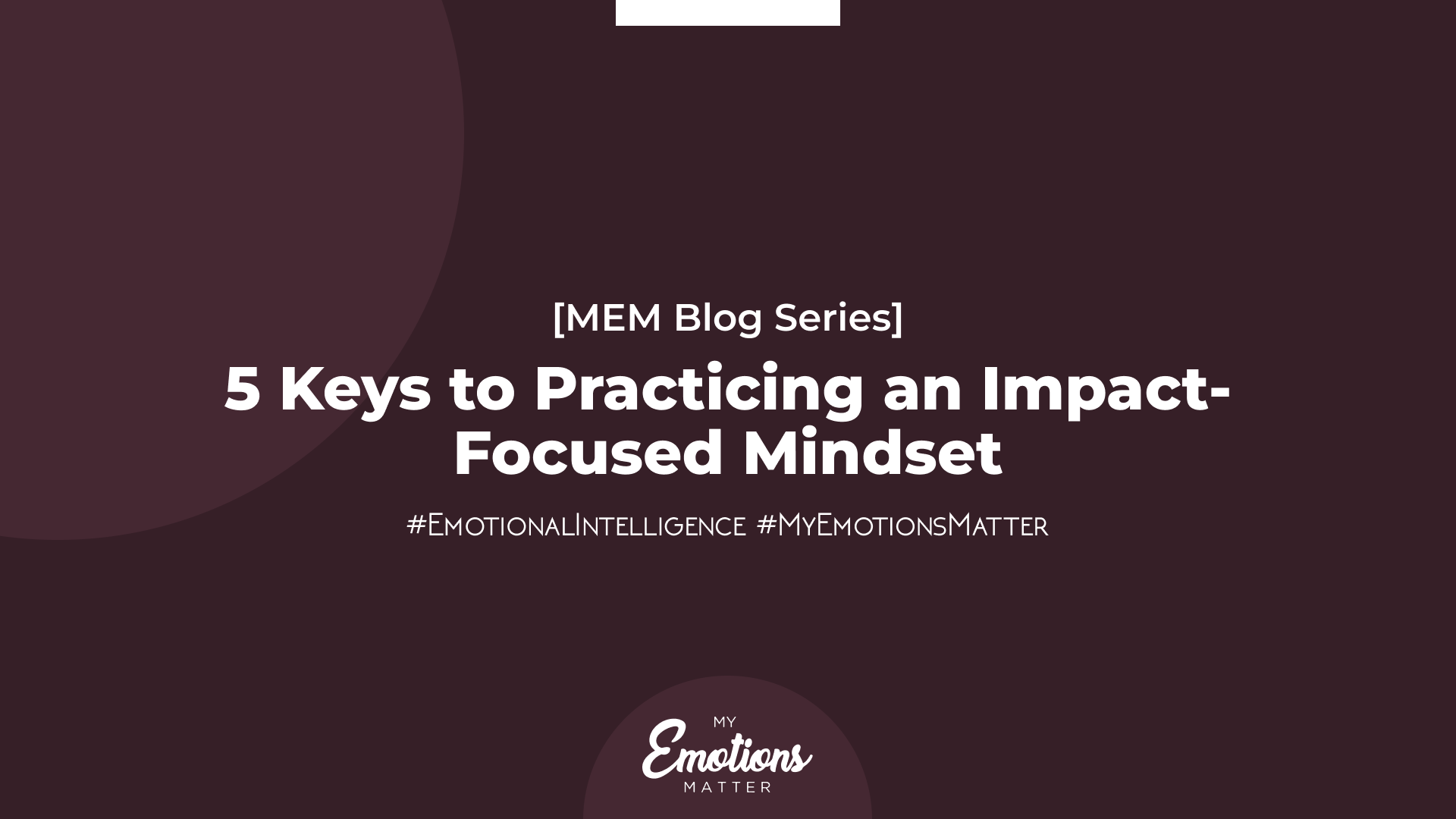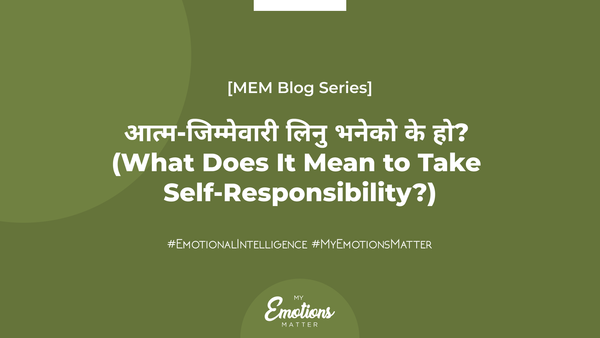5 Keys to Practicing an Impact-focused Mindset
Some simple strategies to practice an Impact-focused Mindset:
- Develop your feelings and needs vocabulary. A Self-focused Mindset keeps us stuck in a blaming and justifying narrative. The more you can let go of the narrative and connect with underlying feelings and needs, the more impact-focused you can be.
- When you see someone doing something that doesn’t make sense to you, ask yourself: what should the world look like for them to do what they did? Remember, mindset drives behavior- how we see affects what we see. This, in turn, informs what range of choices we have available.
- Apply the Impact-focused Mindset Pattern, SAM, regularly with people you live and work with: See People (what are their needs, objectives and challenges?). Adjust Actions (What can I do to make things easier for them?). Measure Impact (How do I hold myself accountable?) (The Arbinger Institute, 2016).
- Whenever you experience something unpleasant within you, this could be a bodily sensation and/or a feeling, ask yourself: Could I be in the BOX right now? How could my BOX be obscuring the truth about myself and the other person?
- Connection before correction. Help the other person feel heard and understood before rushing to offer your two cents.
Like the Arbinger Institute says, real helpfulness can’t be made into a formula. Operating from an Impact-focused Mindset is a journey, not a destination. There will be challenges. The question isn’t whether or not we will face challenges when operating with an Impact-focused Mindset (The Arbinger Institute, 2010). The real question is, after having learned about the Self-focused Mindset and Impact-focused Mindset, which one will we choose when faced with a challenge?
References
The Arbinger Institute. (2010). Leadership and self-deception: Getting out of the box (2nd ed.). Berrett-Koehler Publishers.
The Arbinger Institute. (2016). The outward mindset: Seeing beyond ourselves (1st ed.). Berrett-Koehler Publishers, Inc.




